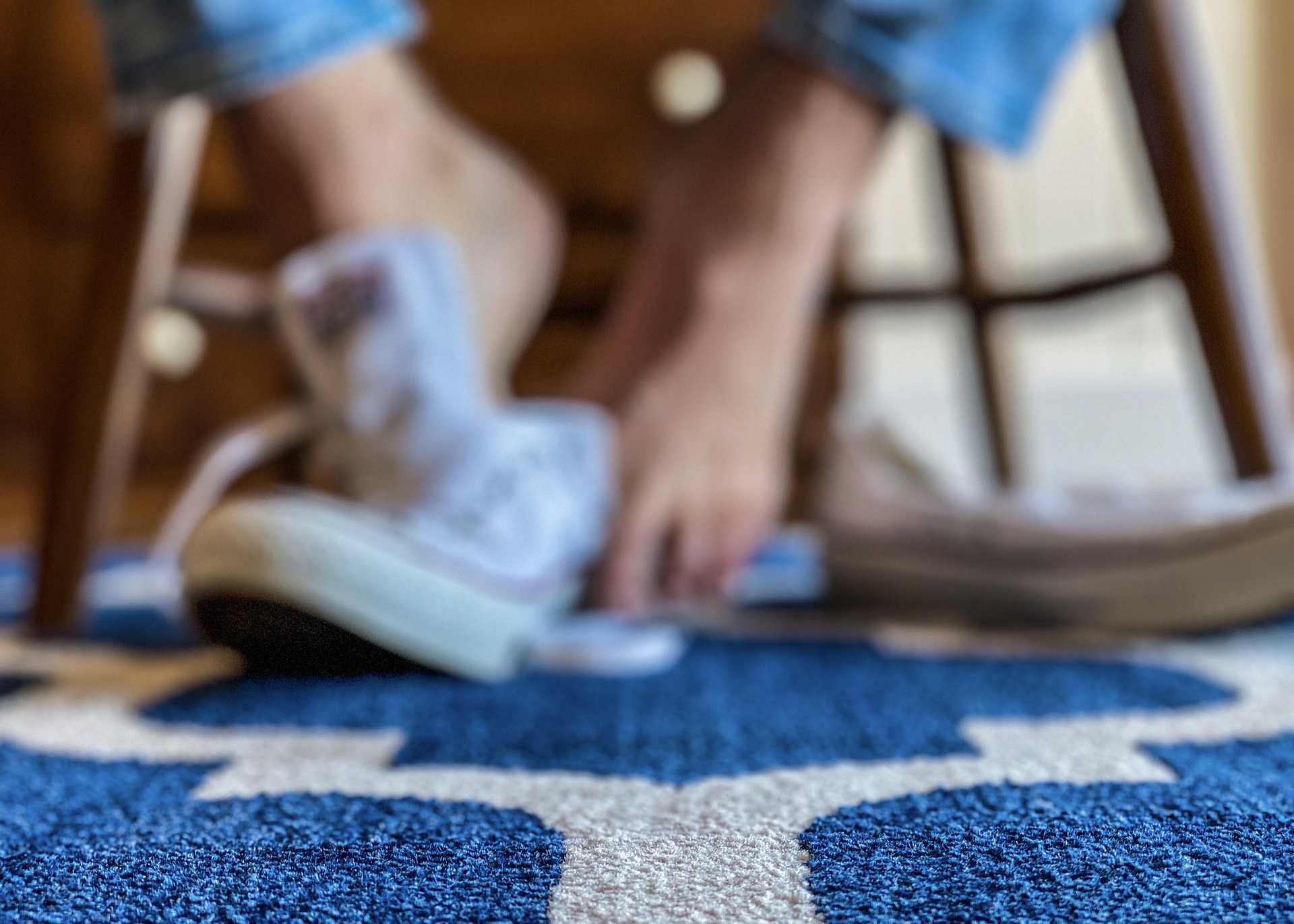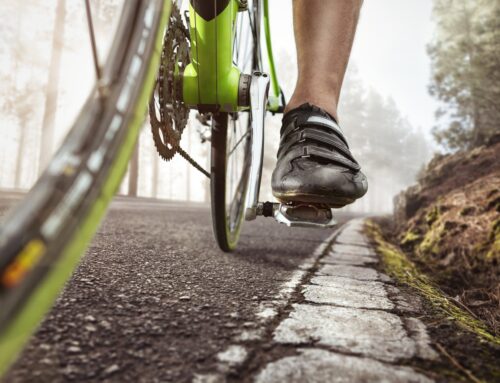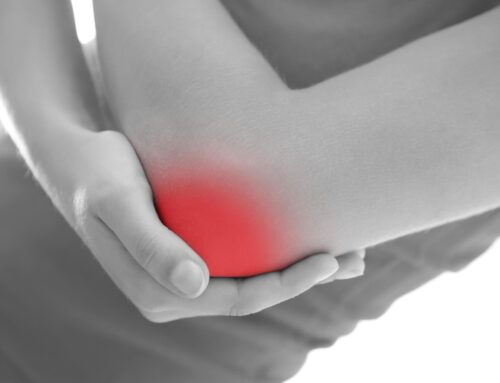Travel-induced edema, a common concern for many travellers, especially during long flights or car rides, can significantly hinder what should be an exciting journey. This type of swelling, often seen in the legs and feet, is usually a result of prolonged periods of inactivity, which can impede blood circulation and lead to fluid accumulation in the lower extremities. Such conditions not only cause discomfort but also pose potential health risks, making it crucial for travellers, especially those with pre-existing conditions, to find effective ways to prevent swelling during their journeys. To address this, various methods ranging from simple exercises to dietary considerations and the use of compression wear are recommended.
These strategies are specifically geared towards minimizing the risk and impact of travel-induced edema. By understanding and implementing these measures, travellers can play a significant role in managing edema, ensuring that their travel experiences remain both comfortable and enjoyable.
Causes of Travel-Related Edema
Edema during travel, particularly on long flights or car rides, is primarily caused by prolonged periods of inactivity.
When you’re seated for an extended duration, the lack of movement can lead to poor circulation, especially in the lower extremities. This reduced circulation can cause blood to pool in the leg veins, leading to increased pressure and fluid leakage into the surrounding tissues, resulting in swelling. Additionally, the cabin pressure and dry air in airplanes can contribute to dehydration, which exacerbates the swelling.
The combination of these factors often leads to the uncomfortable and sometimes painful condition known as travel-induced edema.
Risk Factors
Several factors can increase the risk of experiencing travel-induced edema, including:
- Prolonged Immobility: Sitting still for hours without moving your legs.
- Pre-existing Medical Conditions: Such as varicose veins, heart disease, or kidney problems.
- Age: Older adults are more susceptible to edema.
- Pregnancy: Pregnant women often experience increased swelling.
- Medications: Certain medications, like those for high blood pressure, can increase the risk.
- Dehydration: Not drinking enough fluids can lead to poor circulation and swelling.
- High Salt Intake: Consuming salty foods before or during travel can contribute to fluid retention.
Preventing Swelling from Travel-Induced Edema
Effectively managing travel-induced edema involves adopting certain preventative measures that can significantly reduce the risk and severity of swelling. Two key strategies in this regard are staying hydrated and ensuring regular movement and stretching during travel.
Stay Hydrated
Hydration plays a crucial role in preventing travel-induced edema. Adequate fluid intake helps maintain normal circulation and prevents the blood from becoming too thick, which can exacerbate swelling. Here are some hydration tips:
- Drink Water Regularly
Aim to drink water consistently throughout your journey. Avoid waiting until you feel thirsty, as thirst is already a sign of dehydration. - Limit Caffeine and Alcohol
Both caffeine and alcohol can lead to dehydration. It’s best to limit these beverages, especially on long flights or drives. - Choose Hydrating Foods
Incorporate fruits and vegetables with high water content into your travel snacks. Foods like cucumbers, oranges, and watermelon can contribute to your overall hydration.
Regular Movement and Stretching
Regular movement and stretching are vital in preventing the pooling of blood in the legs, a common cause of edema during long periods of travel. Here are some effective ways to keep moving:
- Leg and Foot Exercises
Perform simple exercises such as ankle circles, foot pumps, and knee lifts while seated. These movements help stimulate blood flow in the lower extremities. - Frequent Breaks
If travelling by car, take frequent breaks to get out and walk around. On a plane, try to stand, stretch, and walk along the aisle every hour or so. - Stretching Exercises
Gentle stretching exercises can be done even in a limited space. Stretch your arms, back, and neck regularly to keep the blood circulating throughout your body.
By staying hydrated and incorporating regular movement and stretching into your travel routine, you can significantly reduce the risk of developing travel-induced edema. These simple yet effective measures can make your travel experience more comfortable and enjoyable.
Using Compression to Prevent Swelling During Travel
Compression wear serves as a vital tool to prevent swelling during travel, offering several benefits that enhance the overall comfort and health of travellers. These garments, such as compression socks or sleeves, exert gentle pressure on the legs and arms, which aids in promoting better blood flow.
This improved circulation is crucial in reducing the risk of blood pooling, a common issue during prolonged periods of sitting. As a result, compression wear effectively helps in preventing the buildup of fluid in the tissues, thereby reducing swelling.
Additionally, for those travelling by air, wearing compression garments can significantly lower the risk of developing Deep Vein Thrombosis (DVT), a serious condition often associated with long-haul flights.
Beyond these health benefits, compression wear also contributes to improved comfort during travel. By minimizing the discomfort typically associated with swelling, these garments make long journeys more bearable, allowing travellers to arrive at their destinations feeling more refreshed and less fatigued.
Choosing the Right Compression Wear
Choosing the right compression wear for travel is a key step in ensuring its effectiveness and your comfort during long journeys. To select the best compression socks or sleeves for your needs, consider the following aspects:
- Correct Fit
It’s essential that your compression wear fits well. The ideal fit should be snug, providing enough pressure without being uncomfortably tight. Compression wear that is too loose or too tight can either be ineffective or cause discomfort. - Appropriate Compression Level
Compression garments are available in various pressure levels, typically measured in mmHg. For travel purposes, a mild to moderate compression level, ranging from 15-30 mmHg, is usually adequate. - Material and Breathability
Opt for materials that are breathable and comfortable for extended wear. This is particularly important in fluctuating temperatures, ensuring comfort throughout your journey. - Ease of Use
The ease with which you can put on and take off the compression wear is an important consideration, especially in confined spaces like airplane cabins or car seats. - Style and Design
Compression wear is available in a variety of styles and colours. Choose a design that aligns with your personal taste and complements your travel attire.
Dietary Considerations for Edema Management
Managing travel-induced edema isn’t just about physical activity and compression wear; your diet also plays a crucial role. Certain foods and drinks can exacerbate swelling, while others can help in managing it. Being mindful of your dietary choices, especially while travelling, can significantly impact your comfort and health.
Foods to Avoid
Some foods and drinks can contribute to fluid retention and swelling, and should be limited or avoided, especially when travelling. These include:
- Salty Foods
High sodium content can cause the body to retain water, leading to increased swelling. Avoid processed foods, chips, and salty snacks. - Alcohol
Alcohol can lead to dehydration and worsen edema. It’s best to limit or avoid alcoholic beverages during travel. - Caffeinated Beverages
Similar to alcohol, caffeine can contribute to dehydration. Try to reduce the intake of coffee, tea, and caffeinated sodas. - Refined Carbohydrates
Foods like white bread and pastries can contribute to inflammation and swelling.
Edema-Friendly Snacks
Choosing the right snacks can help in managing edema during travel. Opt for these edema-friendly options:
- Fresh Fruits and Vegetables
Foods like cucumbers, celery, berries, and oranges are high in water content and can help with hydration. - Nuts and Seeds
Almonds, walnuts, and chia seeds are good options as they contain anti-inflammatory properties and essential nutrients. - Low-Sodium Snacks
Opt for low-sodium versions of your favourite snacks to avoid excess salt intake. - Yogurt
Rich in protein and calcium, yogurt can be a healthy snack option. Choose plain yogurt over flavoured varieties to avoid added sugars and salts. - Whole Grains
Snacks made from whole grains, like oatmeal or whole-grain crackers, are healthier alternatives to refined carbohydrates.
Practical Tips for Long Flights and Car Rides
Long flights and car rides can be challenging for those prone to edema. However, with some practical tips and adjustments to your travel environment, you can significantly reduce the discomfort associated with swelling. Here’s how to optimize your travel environment and prevent swelling effectively during layovers or breaks.
Optimizing Your Travel Environment
Creating a comfortable travel environment is key to preventing and managing edema. Consider these tips for your seating position and environment:
- Choose the Right Seat
If possible, select an aisle seat on flights for easier access to move around. In cars, try to sit where you can stretch your legs occasionally. - Elevate Your Legs
When space allows, elevate your legs to improve circulation. In a car, you can use a cushion or travel pillow under your legs. - Stay Cool
Keep the environment cool to prevent excess swelling. Use air conditioning or a fan in a car, and adjust the air vents on a plane. - Wear Loose Clothing
Tight clothing can restrict blood flow. Opt for loose, comfortable clothing to facilitate better circulation. - Use a Footrest
If your feet don’t reach the floor, use a footrest or a small bag to support your legs and reduce pressure on your thighs.
Managing Swelling During Layovers
Layovers and breaks during your travels present a valuable opportunity to effectively manage and prevent swelling. To make the most of these periods, consider adopting the following strategies:
- Walk and Stretch
Use this time to walk around and stretch your legs. This helps stimulate blood flow and reduce swelling. - Hydrate
Drink water during layovers to stay hydrated. Avoid salty snacks and caffeine. - Perform Leg Exercises
Do some simple leg and ankle exercises to keep the blood circulating. Even a few minutes of movement can be beneficial. - Elevate Your Legs
If you have a longer layover, find a place to sit and elevate your legs for a while. - Consider a Short Massage
If available, a brief leg massage can stimulate circulation and provide relief from swelling.
Navigating Travel with Ease
Whether it’s optimizing your travel environment, staying hydrated, using compression wear, or making dietary adjustments, each of these measures plays a crucial role in combating the discomfort associated with long periods of travel. Remember, the key to a pleasant journey lies in being prepared and mindful of your body’s needs.
If you’re looking for more personalized advice or custom compression wear to manage travel-induced edema, don’t hesitate to contact Care-Med. We’re here to help you travel comfortably and with ease.
Share This Story, Choose Your Platform!
Table of Contents
We specialize in orthotics, body braces, and compression wear tailored to your unique needs in Toronto. Reach out to us at info@caremed.care or call 416-782-5353 to book your fitting and consultation.
Experience the difference of customized solutions designed just for you.











